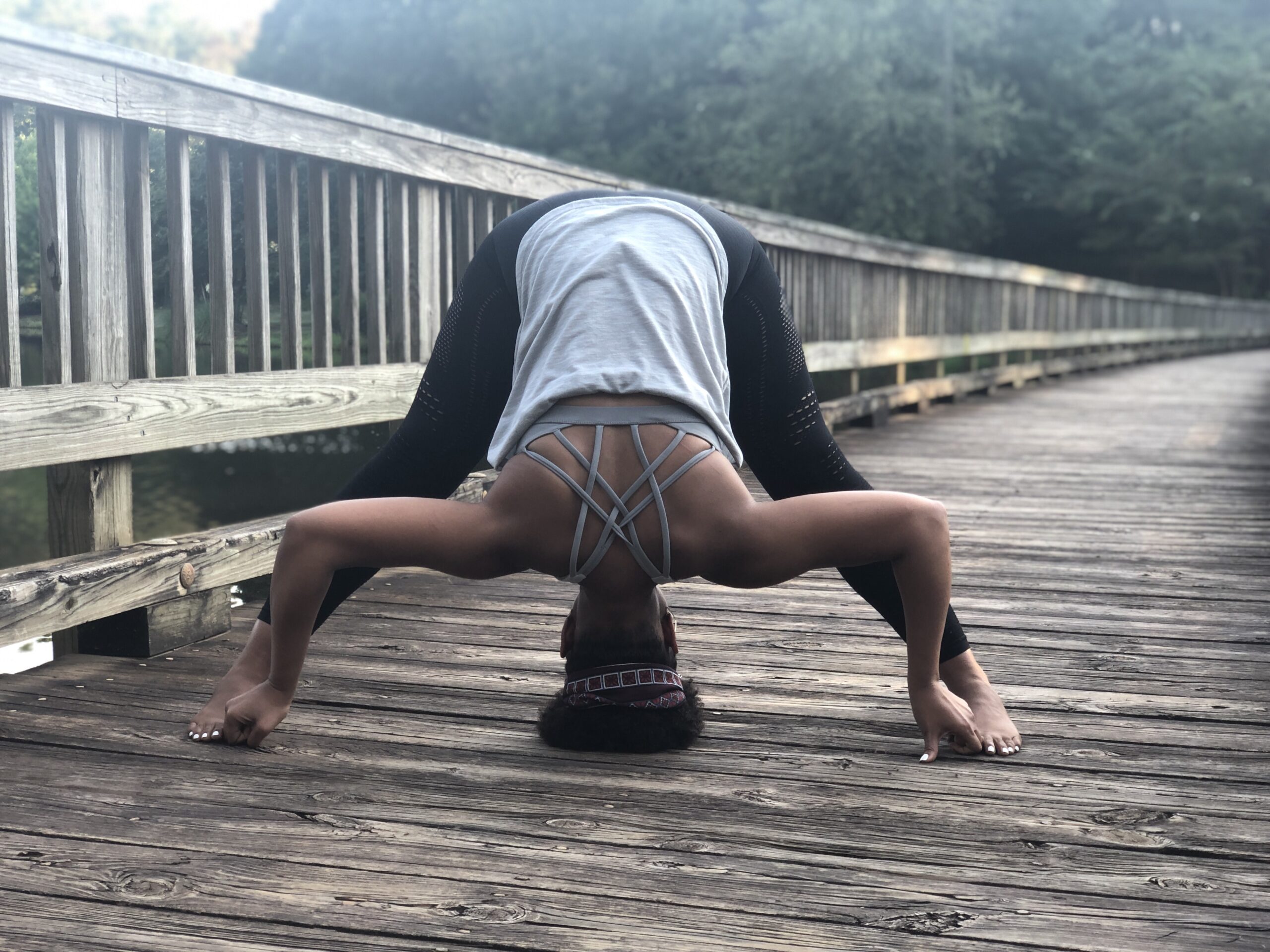Osteoporosis, a condition that weakens the bones and makes them more susceptible to fractures, affects millions of people worldwide. In this article, we will explore the most effective exercises for preventing and managing osteoporosis, as well as how often they should be performed. By understanding the importance of exercise in maintaining bone health, you can take proactive steps to safeguard against this common ailment. From weight-bearing exercises to resistance training, discover the activities that can help strengthen your bones and improve your overall quality of life. So let’s get started on this journey towards stronger bones and a healthier future.
Weight-bearing exercises
Weight-bearing exercises are highly effective in preventing and managing osteoporosis. These exercises help to strengthen the bones and reduce the risk of fractures. Walking is one of the simplest yet most effective weight-bearing exercises that you can incorporate into your daily routine. Just a brisk walk around the neighborhood for 30 minutes a day can provide numerous benefits for your bone health.
Jogging is another excellent weight-bearing exercise that can help improve bone density and overall strength. It involves running at a slow or moderate pace, putting stress on your bones to stimulate them to become stronger. Stair climbing is also a great weight-bearing exercise that helps to load the bones and improve their density. This activity can easily be incorporated into your daily routine by taking the stairs instead of the elevator whenever possible.
If you’re looking for a more fun and lively weight-bearing exercise, dancing is a fantastic option. Whether it’s ballroom dancing, salsa, or even Zumba, dancing involves dynamic movements that put stress on your bones and help to maintain or improve bone density.
Resistance exercises
Resistance exercises are essential for preventing and managing osteoporosis as they help to stimulate bone growth. One of the most effective forms of resistance exercise is weightlifting. This can be done using dumbbells, barbells, or weight machines. Start with lighter weights and gradually increase the resistance to challenge your muscles and bones.
Bodyweight exercises are another excellent form of resistance exercise that can be done without any equipment. Exercises such as push-ups, squats, lunges, and planks help to strengthen various muscle groups while also improving bone density. These exercises can be customized to your fitness level and gradually progressed as you become stronger.
Resistance band exercises are a convenient and versatile option for resistance training. Resistance bands come in different levels of resistance and can be used for various exercises targeting different muscle groups. They provide resistance throughout the entire movement, challenging your muscles and bones to become stronger.

Balance and coordination exercises
Balance and coordination exercises play a crucial role in preventing falls, which are a major concern for individuals with osteoporosis. Tai chi is a form of exercise that combines slow and controlled movements with deep breathing. It helps improve balance, stability, and coordination. Tai chi also promotes relaxation and reduces stress, which can benefit overall well-being.
Yoga is another fantastic exercise option that enhances balance and coordination. It involves holding poses and flowing through sequences, incorporating strength, flexibility, and mindfulness. Yoga poses challenge your stability and help improve your balance over time.
Pilates is a low-impact exercise that focuses on core strength, flexibility, and balance. It involves controlled movements performed on a mat or using specialized equipment. Pilates can help improve muscle strength, posture, and body awareness, ultimately reducing the risk of falls.
Flexibility exercises
Flexibility exercises are crucial for maintaining joint mobility and preventing injuries. Stretching is a fundamental flexibility exercise that helps to improve the range of motion in your joints. It can be done as a warm-up before other exercises or as a standalone activity. Stretching should be performed slowly and gently, holding each stretch for about 30 seconds.
Yoga is not only beneficial for balance and coordination but also for flexibility. Yoga poses and flows involve stretching different muscle groups, helping to improve overall flexibility. Yoga also incorporates breathing techniques and relaxation, promoting a sense of calm and mindfulness.
Pilates exercises also contribute to flexibility by targeting specific muscle groups and promoting their lengthening. By engaging in regular Pilates sessions, you can improve your overall flexibility and joint mobility.

Frequency of exercises
The frequency of exercises for preventing and managing osteoporosis can vary depending on your personal fitness level and goals. Daily exercise is ideal for obtaining optimal benefits, but if that is not feasible, aim for at least 3-4 times per week. This allows enough time for your bones and muscles to recover and adapt to the exercises.
If you have a busy schedule or other physical activities you enjoy, aim for a minimum of 2-3 times per week to still experience the positive effects of exercise on your bone health. The key is to be consistent and make exercise a regular part of your routine.
Duration of exercises
The duration of exercises for osteoporosis management should generally range from 30 minutes to 60 minutes. Aim for at least 30 minutes of exercise per session to achieve significant benefits. However, if you can dedicate 45 minutes or even a full hour to exercise, it can provide even more substantial improvements in bone density and overall fitness.
Remember that the duration includes the warm-up and cool-down periods. It’s essential to warm up your muscles and prepare your body for the exercises, and then allow for a cool-down period to gradually bring your heart rate back to normal and prevent any post-exercise soreness.

Intensity of exercises
When it comes to the intensity of exercises for osteoporosis prevention and management, it’s important to start at a low to moderate level and gradually progress. This allows your bones, muscles, and connective tissues to adapt and become stronger over time. Listen to your body and choose exercises that challenge you without causing pain or discomfort.
Once you have established a regular exercise routine, you can progressively increase the intensity. This can involve increasing the weights you lift, the resistance of the bands you use, or the difficulty of the poses you perform. Strive for a moderate to high intensity that pushes your limits without putting you at risk of injury.
Individualized exercise programs
To ensure that you are performing the most effective exercises for preventing and managing osteoporosis, it is highly recommended to consult with a healthcare professional. They can assess your specific needs, evaluate your bone density, and provide personalized exercise recommendations.
A healthcare professional, such as a physical therapist or exercise physiologist, can help customize an exercise program tailored to your fitness level, goals, and any existing health conditions. This ensures that you are safely and effectively targeting the areas that need improvement, and it also allows for proper progress tracking.

Importance of proper form
When engaging in any exercise, regardless of the type, proper form is of utmost importance. Maintaining correct posture and using proper techniques not only maximize the benefits of the exercises but also minimize the risk of injuries.
For weight-bearing exercises such as walking, jogging, or dancing, ensure that you stand tall with your shoulders back and your core engaged. This helps distribute the load evenly through your bones and muscles, reducing the risk of excessive strain on specific areas.
In resistance exercises like weightlifting or bodyweight exercises, paying attention to the alignment of your body and focusing on engaging the correct muscles will provide the desired results. This may involve learning proper techniques from a qualified trainer or taking advantage of instructional videos or resources.
Progression in exercises
As you continue with your exercise routine for preventing and managing osteoporosis, it’s important to gradually increase the intensity and challenge your body. This progression can take different forms, depending on the type of exercise.
In weight-bearing exercises, you can gradually increase the duration and speed of your walks or jogs. Consider incorporating hill climbs to increase the intensity and load on your bones. For resistance exercises, start with lighter weights or resistance bands and progressively increase the load or difficulty as your strength improves.
It’s essential to listen to your body and not push yourself too hard too soon. Allow for gradual progression while ensuring that your body has enough time to recover and adapt to the increased demands. Regularly reassess your goals, modify your workouts, and continue challenging yourself to reap the benefits of exercise for osteoporosis management.


